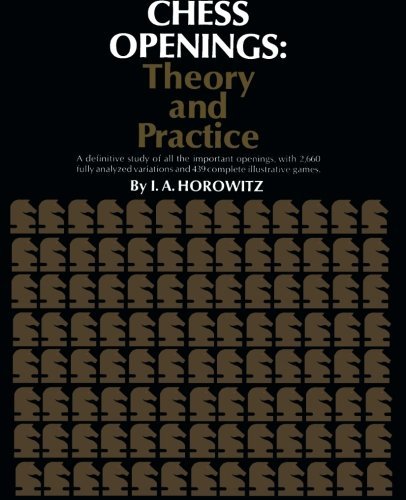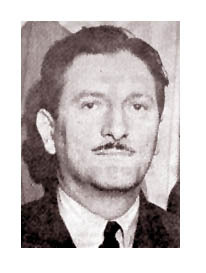What do you think?
Rate this book


Paperback
First published January 1, 1964

Polerio mentioned 1 … P-QB3 in response to 1 P-K4 as far back as 1590. The opening owes its name, however, to M. Kann, a Viennese, who introduced it about 1880, and to H. Caro, a Berlin chessmaster, who shortly thereafter recommended it very highly.This brings up a couple points. First, I need not point out that this book from the 1960s used the so-called “Descriptive notation”, instead of the more prevalent (at least nowadays) “Algebraic notation”. In the latter notation, the Caro-Kann’s first moves would be given as 1. e4 c6 instead of 1. P-K4 P-QB3. I must say that of all the chess books I acquired in my younger days, none of them used algebraic notation. I must assume that it was quite unused in the U.S. at that time.
Close to half a century passed before the Caro-Kann gained a measure of respectable recognition. The defense achieved its peak popularity in the 1920’s when Capablanca, Nimzowitsch, and Tartakover were its chief exponents. In the 1930’s the Caro-Kann found favor with Flohr, who was almost its sole advocate until the late 1950’s. Today the defense is experiencing a remarkable revival. Led by Botvinnick and his countryman Petrosian, chessplayers around the globe are once again placing their faith in the Caro-Kann, probably the most solid of Black’s defenses.
Popularity, as well as soundness, plays an inevitable part in determining how much space may be usefully devoted to the discussion of any particular opening. Needless to say, if a variation is unquestionably refuted, nothing more can be said. Certainly no informed player will permit the Tarrasch Trap in the Ruy Lopez. But the Giuoco Piano, an old-time favorite, is also not seen much these days, even though no one could reasonably maintain that it is unplayable.